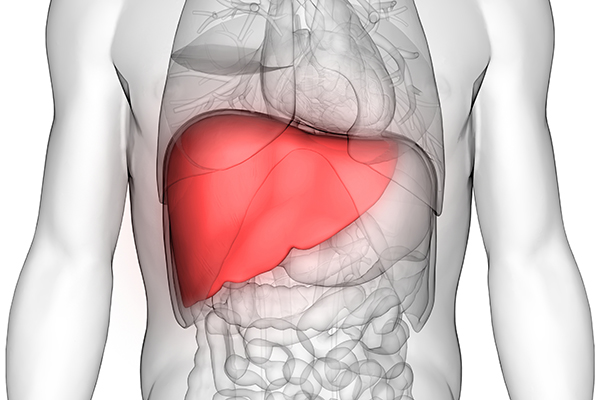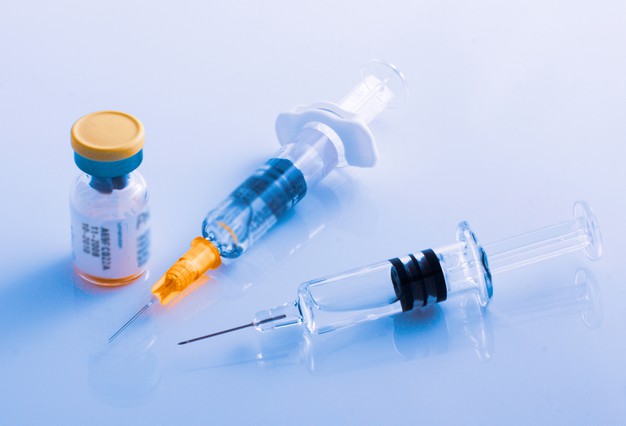Abstract
Background: inflammation, oxidative stress, and fibrosis play important roles after an acute myocardial infarction (AMI) event. The most studied inflammatory biomarker in cardiovascular disease is C-reactive protein (CRP). It has been demonstrated that myeloperoxidase (MPO) and Galectin-3 (Gal-3) have some essential roles on immune system when an AMI event occurs. We aimed to determine the effect of oral N-acetylcysteine (NAC) supplementation at the dose of 600 mg 3 times daily for 3 consecutive days on the immune system of AMI patients. Methods: our randomized single-blinded experimental study using pre- and post-treatment evaluations was performed at Dr. Moewardi Hospital, Indonesia, from May to August 2018. Thirty-two patients with AMI and ST segment elevation (STEMI) who received fibrinolytic therapy were included. There were 17 patients received standard therapy plus 600 mg oral NAC supplementation every 8 h for 3 days and 15 patients received standard therapy, which served as the control group. High-sensitivity C-reactive protein (HsCRP), MPO, and Gal-3 levels of both groups were evaluated at admission and after 72 h receiving treatment. Results: HsCRP, MPO, and Gal-3 levels between NAC and control groups at admission were not significantly different; while intergroup differences after 72 h of NAC supplementation were significant (p values of HsCRP, MPO, and Gal-3 levels were 0.0001, 0.001, and 0.017, respectively). Furthermore, in the NAC group, HsCRP, MPO, and Gal-3 levels at 72 h after treatment were significantly different from the corresponding levels at admission (p values: 0.0001, 0.0001, and 0.0001, respectively); the control group did not show these differences. There were also significant intergroup differences between the NAC and control groups regarding HsCRP, MPO, and Gal-3 levels (p values: 0.011, 0.022, and 0.014, respectively). Conclusion: oral supplementation of 600 mg NAC every 8 h for 72 h can reduce HsCRP, MPO, and Gal-3 levels in AMI patients receiving fibrinolytic therapy. Results of our study will provide more options for supplementation therapy to improve management of IMA patients.
Keywords
acute myocardial infarction; N-acetylcysteine; immune system
References
Hartley A, Marshall DC, Salciccioli JD, et al. Trends in mortality from ischemic heart disease and cerebrovascular disease in Europe: 1980 to 2009. Circulation. 2016;133(20):1916–26.
Mozaffarian D, Benjamin EJ, Go AS, et al. Heart disease and stroke statistics – 2015 update: a report from the American Heart Association. Circulation. 2015;131(4):e29–322.
Dharma S, Juzar DA, Firdaus I, et al. Acute myocardial infarction system of care in the third world. Neth Heart J. 2012;20(6):254–9.
Kushner I. The phenomenon of the acute phase response. Ann N Y Acad Sci. 1982;389:39–48.
Tomoda H, Aoki N. Prognostic value of C-reactive protein levels within six hours after the onset of acute myocardial infarction. Am Heart J. 2000;140:324–8.
Makrygiannis SS, Ampartzidou OS, Zairis MN, et al. Prognostic usefulness of serial C-reactive protein measurements in ST-elevation acute myocardial infarction. Am J Cardiol. 2013;111:26–30.
Carbone F. Pathophysiological role of neutrophils in acute myocardial infarction. Thromb Haemost. 2013; 110(3):501–14.
Arnhold J, Flemmig J. Human myeloperoxidase in innate and acquired immunity. Arch Biochem Biophys. 2010;500(1):92–106.
Khan A, Alsahli MA, Rahmani AH. Myeloperoxidase as an active disease biomarker: Recent biochemical and pathological perspectives. Med Sci. 2018;6(2):E33.
Liu FT, Yang R, Hsu DK. Galectine in acute and chronic inflammation. Ann N Y Acad Sci. 2012; 1253:80–91.
Yu L. The role of galectin-3 in cardiac remodeling and fibrogenesis. Groningen: 2012. p. 152.
Radomska-Leśniewska DM, Skopiñski P. N-acetylcysteine as an anti-oxidant and anti-inflammatory drug and its some clinical applications. Centr Eur J Immunol. 2012;37(1):57-66.
Yesilbursa D, Serdar A, Senturk T, et al. Effect of N-acetylcysteine on oxidative stress and ventricular function in patients with myocardial infarction. Heart Vessels. 2006;21:33–7.
Teng N, Maghzal GJ, Thalib J, et al. The roles of myeloperoxidase in coronary artery disease and its potential implication in plaque rupture. Redox Rep. 2017;22(2):51–73.
Kilciksiz S, Demirel C, Erdal N, et al. The effect of N-acetylcystein on biomarkers for radiation-induced oxidative damage in a rat model. Acta Med Okayama. 2008;62(6);403–9.
Pasupathy S, Tavella R, Grover S, et al. Early use of N-acetylcysteine (NAC) with nitrate therapy in patients undergoing primary percutaneous coronary intervention for ST-Segment Elevation Myocardial Infarction Reduces Myocardial Infarct Size (the NACIAM trial). Circulation. 2017;136(10):894-903.
Yang RY, Rabinovich GA, Liu FT. Galectins: Structure, function and therapeutic potential. Expert Rev Mol Med. 2008;10:e17.
Sharma UC, Mosleh W, Chaudhari MR, et al. Myocardial and serum galectin-3 expression dynamics marks post-myocardial infarction cardiac remodeling. Heart Lug Circ. 2016;26(7):736–45.
Van der Velde AR, Lexis CPH, Meijers WC, et al. Galectin-3 and sST2 in prediction of left ventricular ejection fraction after myocardial infarction. Clin Chim Acta. 2016;452:50–7.
Talasaz AH, Khalili H, Jenab Y, et al. N-Acetylcysteine effects on transforming growth factor-β and tumor necrosis factor-a serum levels as pro-fibrotic and inflammatory biomarkers in patients following ST-segment elevation myocardial infarction. Drugs R D. 2013;13:199–205.
Talasaz AH, Khalili H, Fahimi F, et al. Effects of N-acetylcysteine on the cardiac remodeling biomarkers and major adverse events following acute myocardial infarction: A randomized clinical trial. Am J Cardiovasc Drugs. 2014;14:51–61.
Ibanez B, James S, Agewall S, et al. 2017 ESC Guidelines for the management of acute myocardial infarction in patients presenting with ST-segment elevation: The Task Force for the management of acute myocardial infarction in patients presenting with ST-segment elevation of the European Society of Cardiology (ESC). Eur Heart J. 2018;39:119–77.



